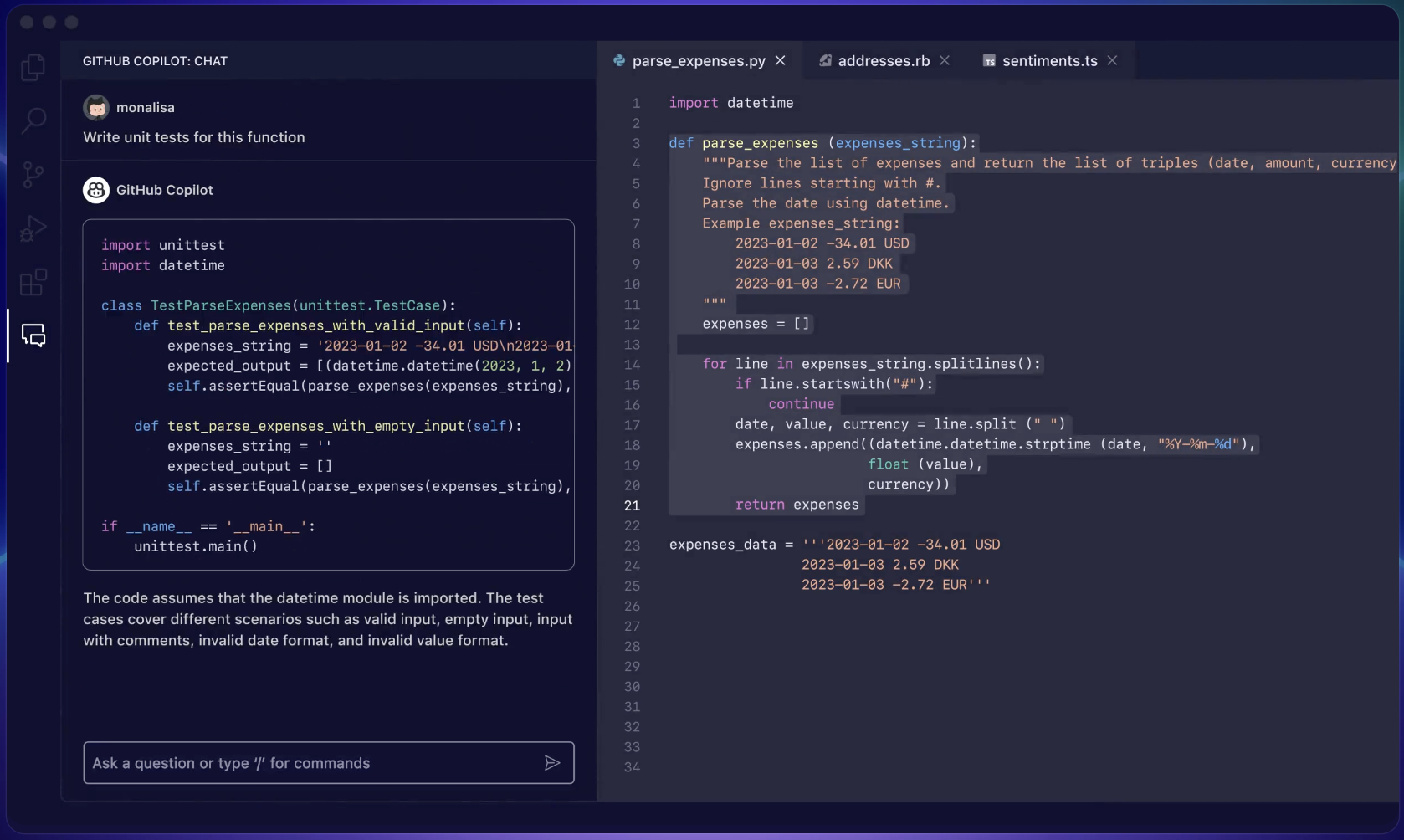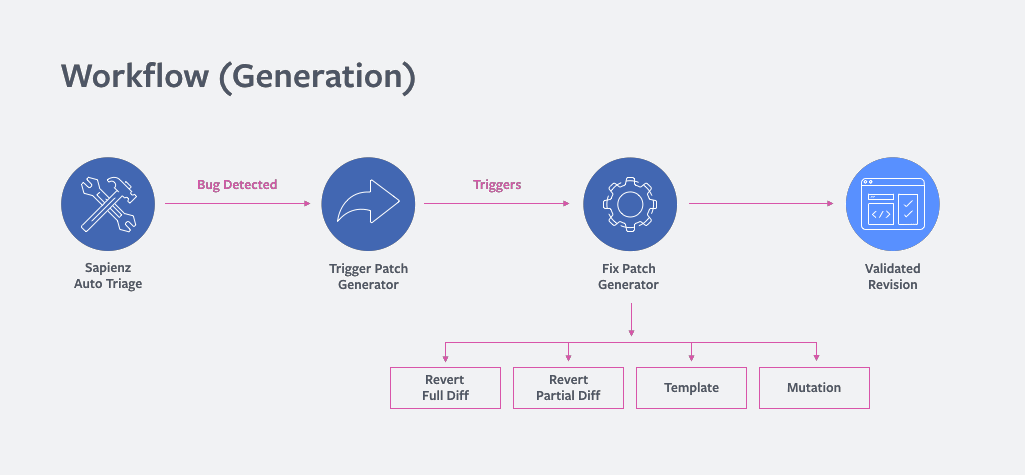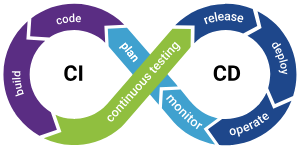Large Language Models: Changing the Game in Software Development With Code Generation, Debugging, and CI/CD Integration
LLMs revolutionize software development by translating verbal instructions into executable code, enhancing productivity, and automating debugging processes.
Join the DZone community and get the full member experience.
Join For FreeWith AI, the domain of software development is experiencing a breakthrough phase with the continuous integration of state-of-the-art Large Language Models like GPT-4 and Claude Opus. These models extend beyond the role of traditional developer tools to directly assist developers in translating verbal instructions into executable code across a variety of programming languages, which speeds up the process of coding.
Code Generation
Enhancing Developer Productivity
LLMs understand context and generate best-practice pieces of code, making them very good at enhancing the productivity of developers and their future research. They work as a developer on-call assistant, offering insight and alternatives that may even elude more experienced programmers. Such a role gains a lot of importance in large and complex projects where the integration of different software modules might introduce subtle, sometimes undetectable bugs.
Training and Adaptation
Continuous improvements in LLMs will be realized through the feedback loops from their real-world use, wherein models will be trained according to the corrections and suggestions of the developers. Continuous training brings models closer to specific industry needs, further entrenching them in the core of software development processes.
Debugging and Bug Fixing With AI
Innovative Tools for Enhanced Accuracy
LLM integration into debugging and bug fixing is a radical change. Tools like Meta's SapFix and Microsoft's InferFix automatically detect and fix errors, hence saving time in workflows and reducing downtime. Such systems are designed to be neatly plugged into the existing CI/CD pipelines, providing real-time feedback without interrupting the flow of development.
Capabilities to scan millions of lines of code - these AI-enhanced tools reduce the error rates significantly by catching bugs at their early stages. This proactive detection of bugs will definitely help in maintaining the health of the codebase and ensuring bugs are resolved before they turn into major problems.
Customized Solutions
This flexibility, however, is what enables LLMs to fit into the needs of a given project. Whether matching different coding standards or particular programming languages, these models can be versatile instruments in the arsenal of a developer that can be trained to suit very granular needs.
Seamless CI/CD Integration
![CI/CD integration]() AI: The Catalyst for Reliable Deployments
AI: The Catalyst for Reliable Deployments
LLMs are fast becoming a staple in CI/CD ecosystems and further improve the reliability of deployments. They automate code reviews and quality checks that ensure only very stable versions of applications make it to deployment. This raises the pace of deployment, raising the quality of software products overall.
Continuous Learning and Improvement
This means that the integration of LLMs into CI/CD processes is not a one-time setup but part of a continuous improvement strategy. These models learn with every deployment and hence become efficient over time to reduce the chances of deployment failures.
Closing the Gap Between Dev and Ops
By providing more homogeneous outputs of code and automating routine checks, LLMs bridge the traditional gap between development and operations teams. That is a very important synergy in terms of modern DevOps practices, trying to create a more collaborative and efficient environment.
Future Impact and Market Adoption of Large Language Models in Software Development
The future of software development is inherently tied to the advances made with LLMs. The more they develop, the more they are going to change the roles within software teams and eventually alter processes, like Agile or Scrum, which now dominate. The ability of LLMs to work as a development and abstraction tool both instills the probability of increased productivity. This will lead to the completion of projects much faster and enable companies to deliver software products faster.
Market Adoption and Economic Implications
The potential of LLMs to impact software development economically is huge. Such advances in technologies, if adopted by companies, would lead to much higher productivity levels, which can result in cost savings in the software development and maintenance process. For instance, GitHub Copilot, when integrated into the development environment, will help to come up with code snippets and automate literal translation, thus considerably reducing the time a developer can take to perform these tasks. Moreover, with the capabilities of generating test cases and debugging, LLMs also reduce the resource requirements of these processes which are time-consuming but important.
Reshaping the Workforce
The nature of the workforce in the tech industry is also going to change as LLMs are integrated. Since these models are going to find themselves more and more engaged in routine and repetitive tasks, the nature of the work going to be done by a software developer will move toward being creative and problem-solving. This will mean that developers should re-skill themselves to amplify their competencies in machine learning, data science, and understanding AI-driven tooling. The tasks in software development will expand to include more problem-solving and critical thinking using strategic decision-making as coding becomes more resolutions through the LLMs.
Conclusion
LLMs are no longer just tools; they are becoming an integral part of software development. Their impact on productivity, economic outcomes, and the nature of work in the tech industry is promising. Successful integration requires careful planning and continuous learning to adapt to these ever-evolving technologies.
Opinions expressed by DZone contributors are their own.




Comments